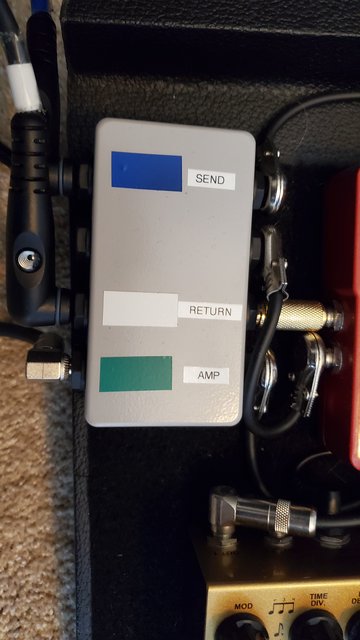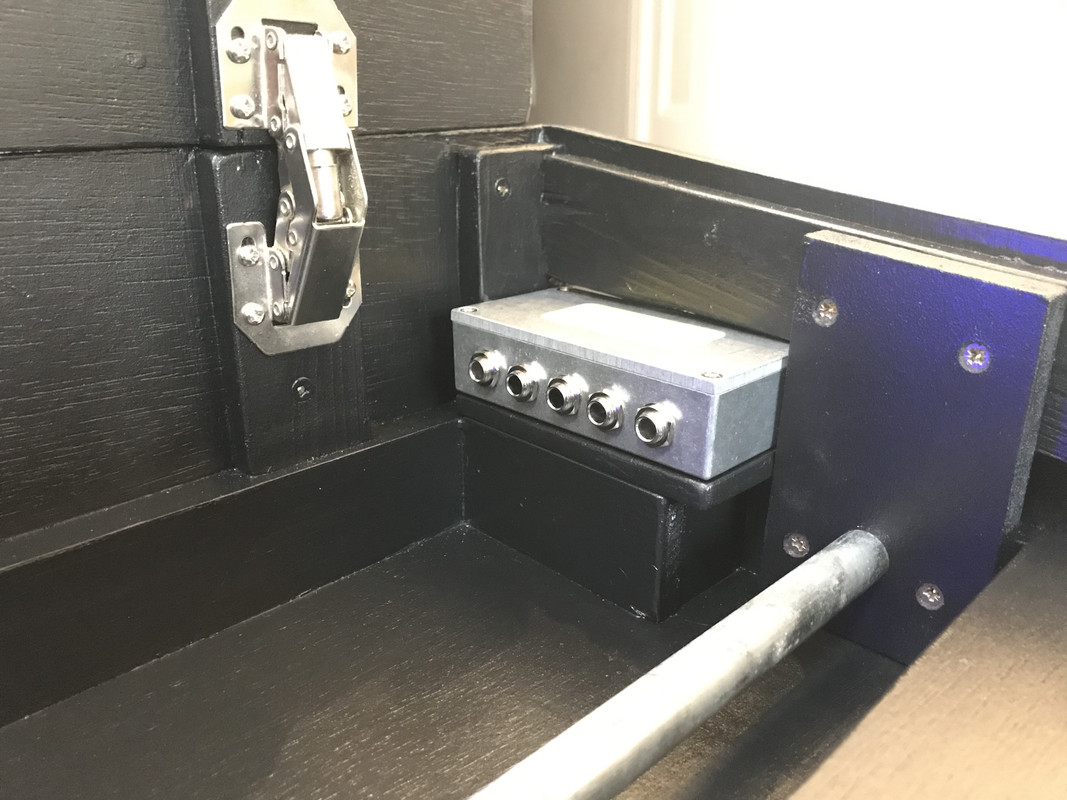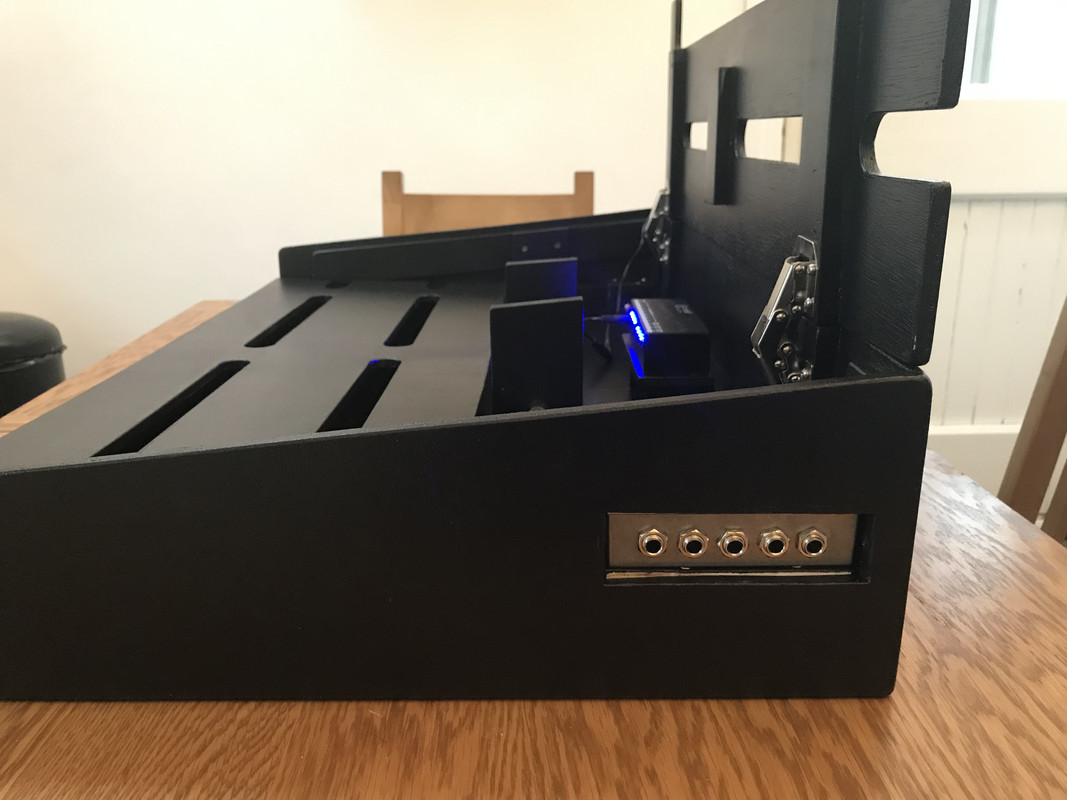Hello,
I just got a PRS MT15. Love it. My previous rig involved a pretty large pedal board all running into the amp's input. Now, I want to use the effects loop, but I'm a bit confused on how to run multiple pedals into an effects loop. I know which pedals need to go into an effects loop and which need to go in front of the amp. It's the wiring that's getting me.
Okay. Let's say I have a pedal with input, output, send and return. I've seen people run the guitar into input and output to the amp, then send and return to the effects loop to the amp on the same pedal. I've seen people just run the guitar into input, output into the effects loop, and return to the next pedal. I would love to know which is best and why. Also, what to do if I have multiple pedals. Do I continue input and output through the multiple pedals but have send on the last pedal and return on the first pedal?
Thanks in advance for the help.
I just got a PRS MT15. Love it. My previous rig involved a pretty large pedal board all running into the amp's input. Now, I want to use the effects loop, but I'm a bit confused on how to run multiple pedals into an effects loop. I know which pedals need to go into an effects loop and which need to go in front of the amp. It's the wiring that's getting me.
Okay. Let's say I have a pedal with input, output, send and return. I've seen people run the guitar into input and output to the amp, then send and return to the effects loop to the amp on the same pedal. I've seen people just run the guitar into input, output into the effects loop, and return to the next pedal. I would love to know which is best and why. Also, what to do if I have multiple pedals. Do I continue input and output through the multiple pedals but have send on the last pedal and return on the first pedal?
Thanks in advance for the help.









